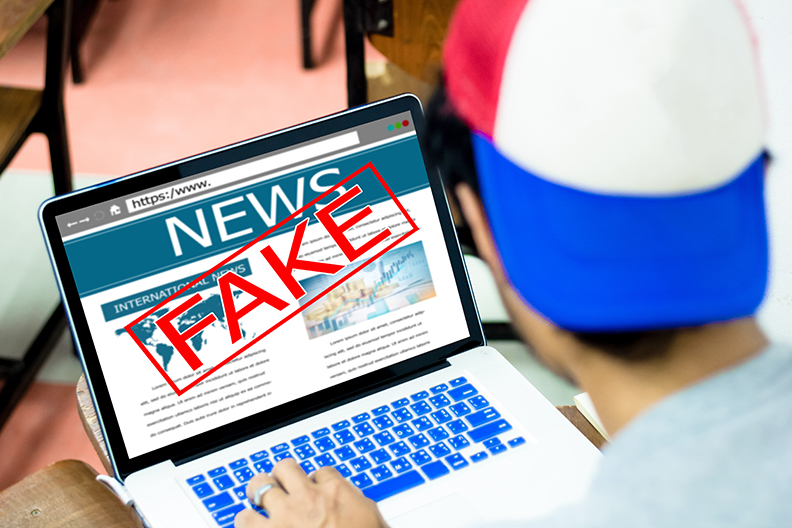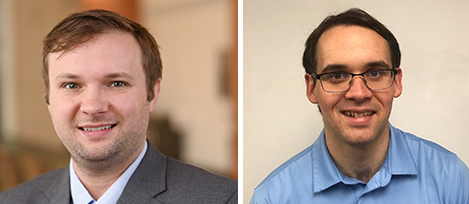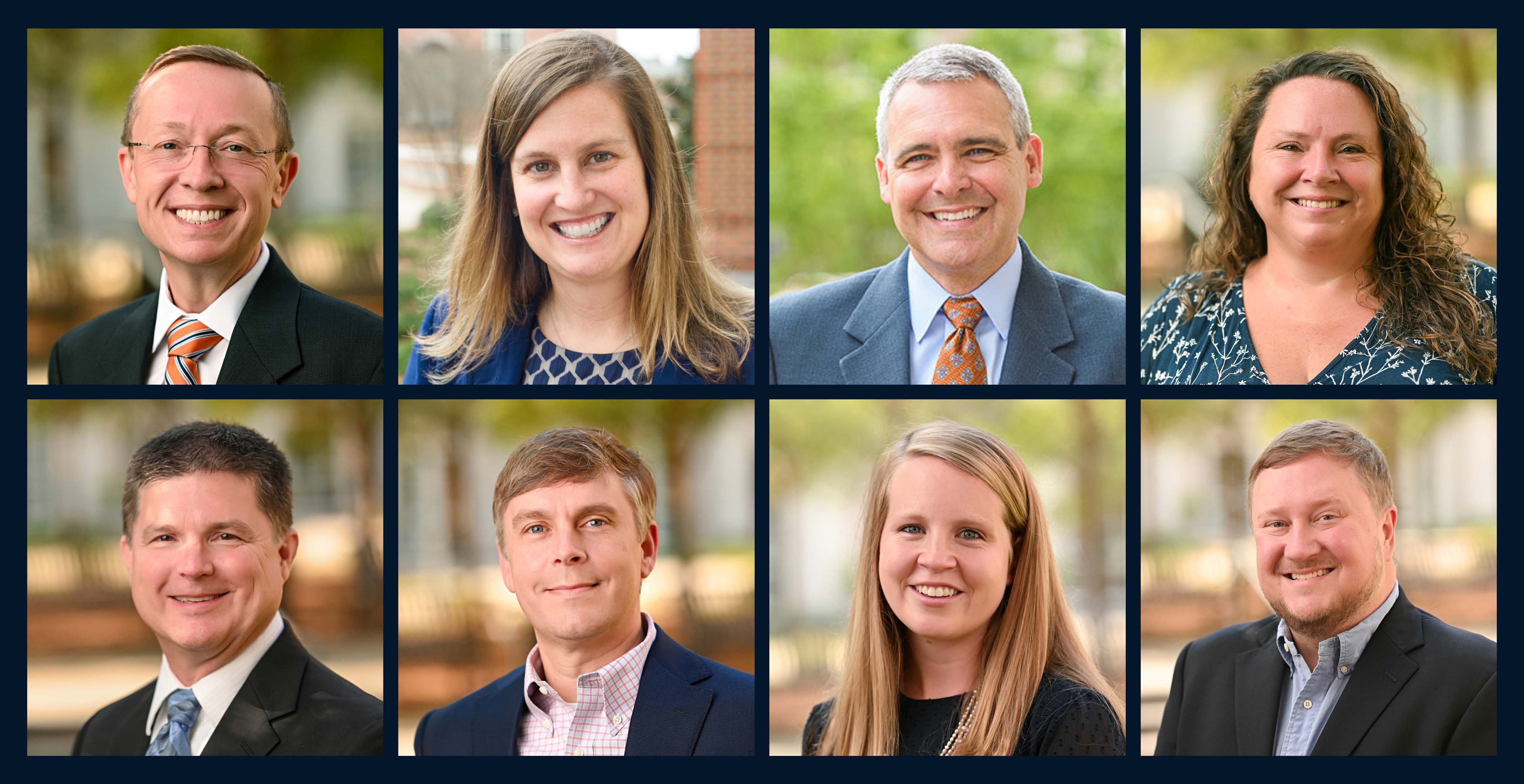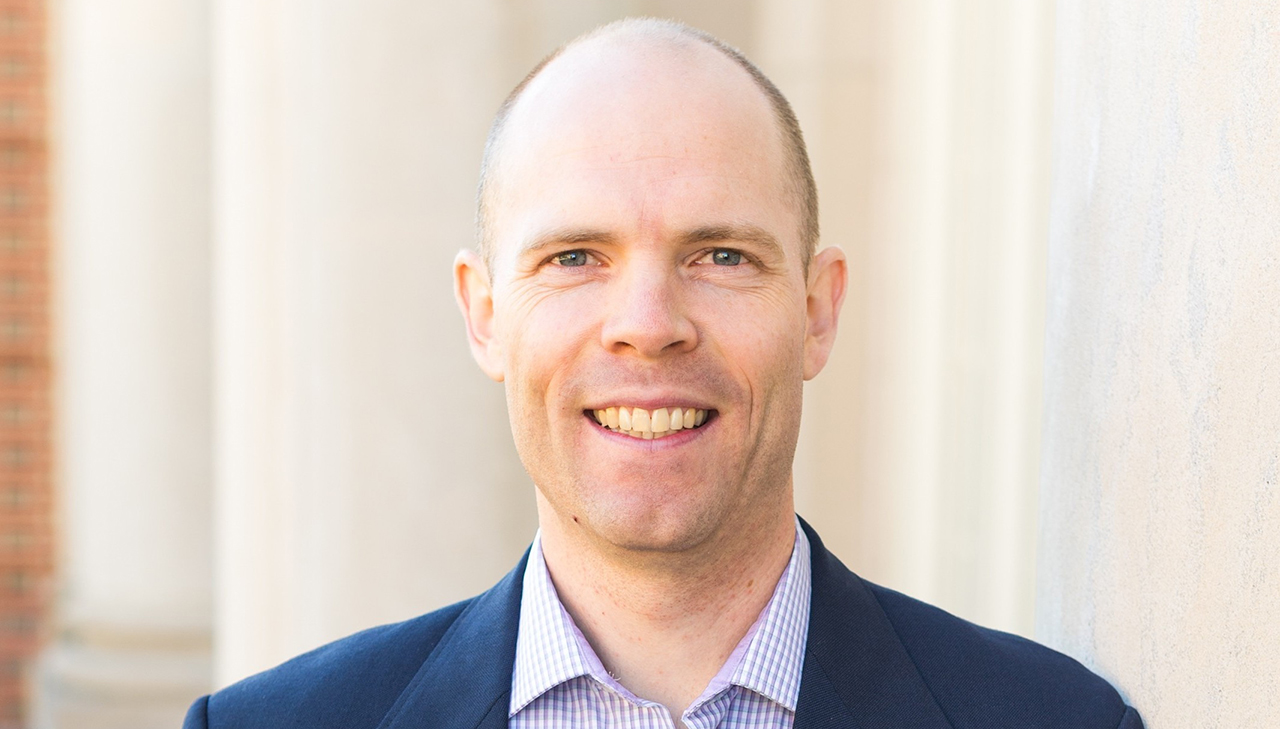
You’ve heard the term expressed by politicians and you’ve seen examples of it on social
media and popular press in the form of memes promoting conspiracy theories or stories
announcing the death of a celebrity.
Fake news.
Social media channels have attempted to launch offensives against individuals and
bots pushing deliberate misinformation or hoaxes into the public sphere. While politicians
are paying attention to the possibility of “fake news” campaigns swaying elections,
there is also ample evidence of it moving markets.
Recently, Down Jones Newswire headline posted an erroneous headline suggesting Google
planned to buy Apple for $9 billion. It was quickly deleted, but Apple’s stock price
made a minor jump during that brief moment. The reason? According to JPMorgan Chase,
just 10 percent of daily stock trades are performed by humans. Trades are controlled
by computer algorithms, which scan Twitter feeds and news headlines for tidbits. For
all of that impressive artificial intelligence on display, the computer may make a
decision based on false information.
 A doctoral student in business analytics at Auburn University’s Raymond J. Harbert College of Business is part of a large research team led by Ashish Gupta, Associate Professor of Analytics
in the Department of Systems and Technology, presented the algorithm that separates
truth from trash. Ross Gruetzemacher presented the team’s research in the final round
of the Teradata University Network Analytics Challenge at the Teradata PARTNERS Conference Oct. 22-23 in Anaheim, Calif.
A doctoral student in business analytics at Auburn University’s Raymond J. Harbert College of Business is part of a large research team led by Ashish Gupta, Associate Professor of Analytics
in the Department of Systems and Technology, presented the algorithm that separates
truth from trash. Ross Gruetzemacher presented the team’s research in the final round
of the Teradata University Network Analytics Challenge at the Teradata PARTNERS Conference Oct. 22-23 in Anaheim, Calif.
Doctoral student Chaowei Zhang, Gruetzemacher, Professor of Computer Science Dr. Xiao
Qin, and graduate student Sai Rohan Kumar, are working with Gupta on a larger research
initiative and have developed an algorithm to detect fake news. Though the team’s
research did not win at Teradata, it faced stiff competition from participants representing
California State-Fullerton, Loyola-Chicago, University of Alabama, University of Massachusetts,
and the National Institute Development Administration in Thailand.
Gupta said that more teams will be prepared from the Department of Systems and Technology to participate in future data analytics competitions.
The Teradata competition was also an opportunity for Gruetzemacher to gain feedback
from judges and other researchers. “We had some really good feedback about reporting
our results. Our model was well-received. We were given some good input about how
to improve our presentation of the model for future presentations or publications
in journals.”
The research team has generated topic clusters from real and fake news and use it
to classify news stories as either real or fake.
“Specifically, the study of fake news is significant to ensure the integrity of political
and civil discourse in this country and throughout the world,” Gruetzemacher added.
“It’s significant to provide everyone with true information and to not confuse people
with the dissemination of fake news as, or portrayed as, a legitimate news article.”
Gupta said his efforts are focused on developing projects that have high impact, societal
and scientific value from an analytics perspective. “This project fits into that category,”
he said. “We have initial results and feedback from the Teradata meeting. This is
an ongoing project and we are actively working on adding more components to this project
here at the Harbert College of Business.”
"What is notable about Dr. Gupta’s team’s work is the advanced approach being taken
to discern fake news content from accurate news," said David Paradice, Harbert Eminent
Scholar and Systems and Technology Department Chair. "They are creating a sophisticated
model that incorporates a range of measures drawn from theory. The theoretical basis
is what gives the approach its robustness and explains why the performance gets better
over time as the team works with more data."

 Degrees & Programs
Degrees & Programs
 Faculty & Staff
Faculty & Staff
 Career Development
Career Development
 Recruiters & Industry
Recruiters & Industry

 A doctoral student in business analytics at Auburn University’s
A doctoral student in business analytics at Auburn University’s 

